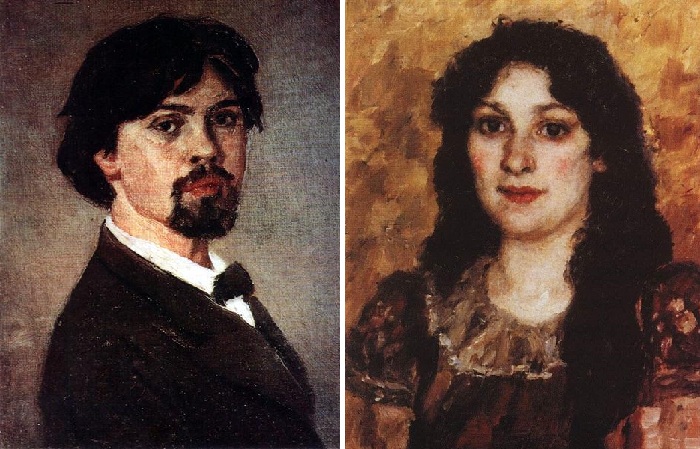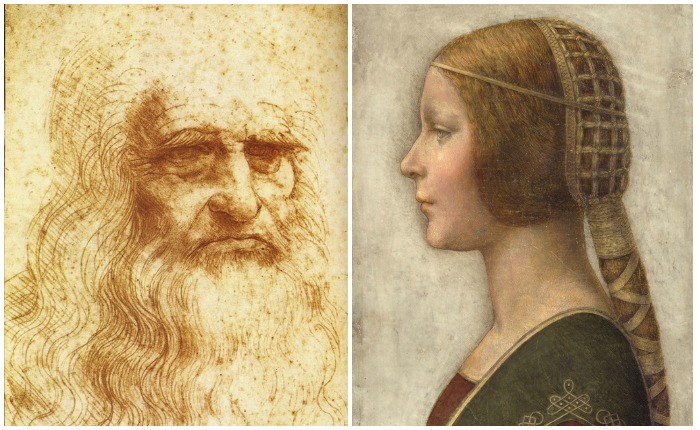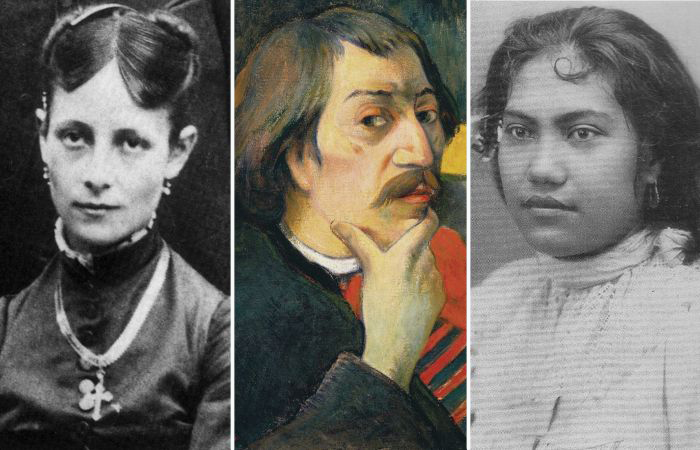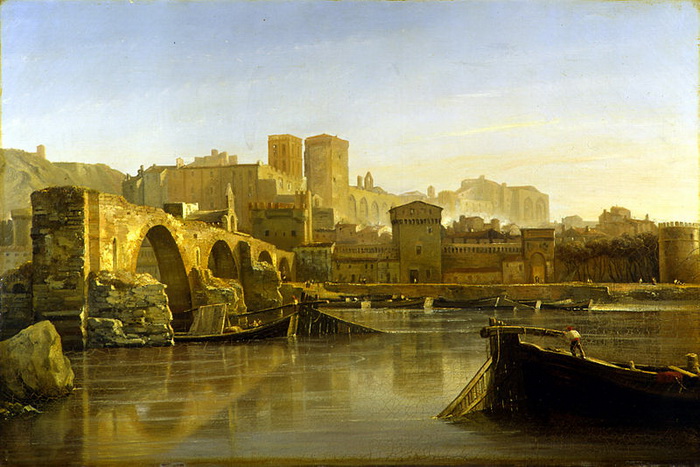portrait resemblance
Vincent Laurence van der Winne and his still lifes vanitas: where did the artist hide his portrait?
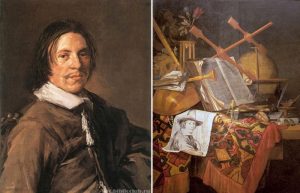 Vincent Laurence van der Winne (1628–1702) is a Dutch artist and writer. Initially, van der Winne was engaged in weaving, but then, sensing a craving for fine art, he decided to focus on painting. Especially popular are the still lifes of this master, in which he hid his own portrait. Der Winne was the only (according to available historical data) student of Frans Hals, the artist of the Golden Age of Holland, who actually painted his portrait in 1660.
Vincent Laurence van der Winne (1628–1702) is a Dutch artist and writer. Initially, van der Winne was engaged in weaving, but then, sensing a craving for fine art, he decided to focus on painting. Especially popular are the still lifes of this master, in which he hid his own portrait. Der Winne was the only (according to available historical data) student of Frans Hals, the artist of the Golden Age of Holland, who actually painted his portrait in 1660.
Van der Vinne’s paintings are mainly vanitas still lifes and genre scenes, many of which include a portrait paper sketch of the painter himself. His style was later copied by Evert Collier, Peter van Eisen and Barent van Eisen. Continue reading
Secrets of self-portraits of famous artists: Reflection in the mirror, portrait-bacon and other oddities
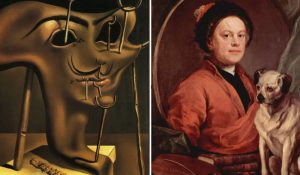 Self-portrait in most cases is an instrument of narcissism, an attempt to leave your image in eternity. But if a genius takes up the matter, his image on canvas can turn into a real masterpiece, which not only perpetuates the appearance of the master, but also puzzles, surprises, fascinates the viewer. For centuries, some of these self-portraits have been knocked out of the familiar notion of this genre, while not losing either their fans or the attention of researchers.
Self-portrait in most cases is an instrument of narcissism, an attempt to leave your image in eternity. But if a genius takes up the matter, his image on canvas can turn into a real masterpiece, which not only perpetuates the appearance of the master, but also puzzles, surprises, fascinates the viewer. For centuries, some of these self-portraits have been knocked out of the familiar notion of this genre, while not losing either their fans or the attention of researchers.
Jan van Eyck, “Portrait of the Arnolfini Couple”
It is from the Renaissance that the development of the self-portrait genre begins – an interest in a person and a person naturally generated the artist’s attention to his own image. But self-portraits in their traditional, academic form did not appear immediately. At first, the masters who wanted to portray themselves in the picture either inscribed their figure in the composition as one of the secondary characters, or became “their own sitters” and the main characters of their works. Continue reading
